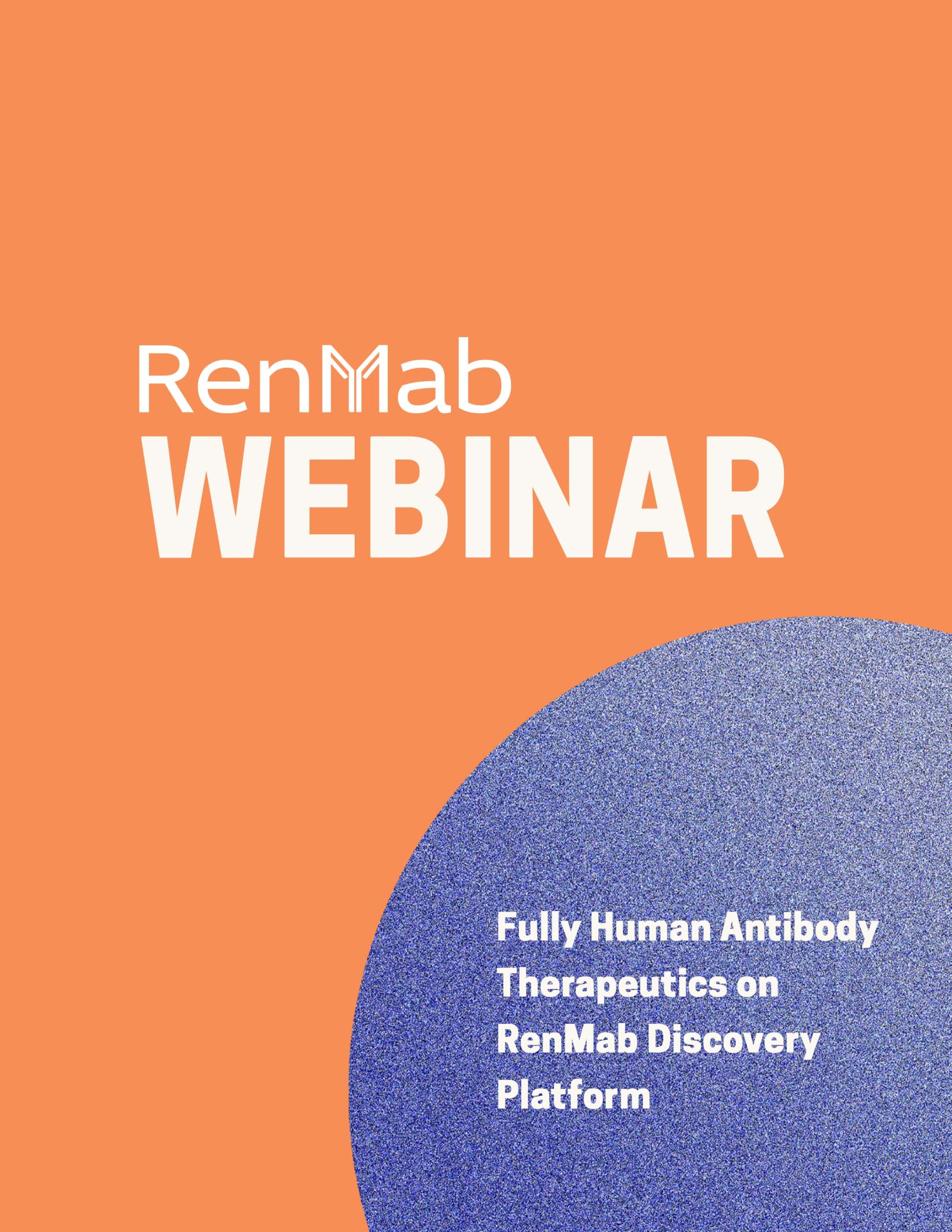

PD-1 and PD-L1 inhibitors are closely related to CTLA4 (cytotoxic T-lymphocyte-associated protein 4) inhibitors, such as ipilimumab. Higher mutation burden is also predictive of response to anti-PD-1/PD-L1 agents. PD-L1 levels have been found to be highly predictive of response. The FDA has approved several assays to measure the level of PD-L1 expressed by tumor cells, in order to predict the likelihood of response to an inhibitor. Not all patients respond to PD-1/PD-L1 inhibitors. Hence PD-L1 inhibitors are considered to be the most promising drug category for many different cancers. However, de-novo and acquired resistance is still seen in a large proportion of patients. Immunotherapy with these immune checkpoint inhibitors appears to shrink tumours in a higher number of patients across a wider range of tumour types and is associated with lower toxicity levels than other immunotherapies, with durable responses. Several PD-1 and PD-L1 inhibitors are being trialled within the clinic for use in advanced melanoma, non-small cell lung cancer, renal cell carcinoma, bladder cancer and Hodgkin lymphoma, amongst other cancer types. Use of an inhibitor that blocks the interaction of PD-L1 with the PD-1 receptor can prevent the cancer from evading the immune system in this way. In the cancer disease state, the interaction of PD-L1 on the tumor cells with PD-1 on a T-cell reduces T-cell function signals to prevent the immune system from attacking the tumor cells. By the end of 2017, PD-1/PD-L1 inhibitors had been approved for the treatment of nine forms of cancer. As of 2017, more than 500 clinical trials involving PD-1 and PD-L1 inhibitors have been conducted in more than 20,000 patients.
Repertoire therapeutics trial#
Pharmaceutical companies began attempting to develop drugs to block these molecules, and the first clinical trial was launched in 2006, evaluating nivolumab. The concept of blocking PD-1 and PD-L1 for the treatment of cancer was first published in 2001. This immune checkpoint is also active in pregnancy, following tissue allografts, and in different types of cancer. The interaction of these cell surface proteins is involved in the suppression of the immune system and occurs following infection to limit the killing of bystander host cells and prevent autoimmune disease. PD-1 and PD-L1 inhibitors act to inhibit the association of the programmed death-ligand 1 ( PD-L1) with its receptor, programmed cell death protein 1 (PD-1). Immune checkpoint inhibitors are emerging as a front-line treatment for several types of cancer. PD-1 inhibitors and PD-L1 inhibitors are a group of checkpoint inhibitor anticancer drugs that block the activity of PD-1 and PDL1 immune checkpoint proteins present on the surface of cells. Positive immunostaining can predict response to the treatment. Micrograph showing a PD-L1 positive lung adenocarcinoma.


 0 kommentar(er)
0 kommentar(er)
